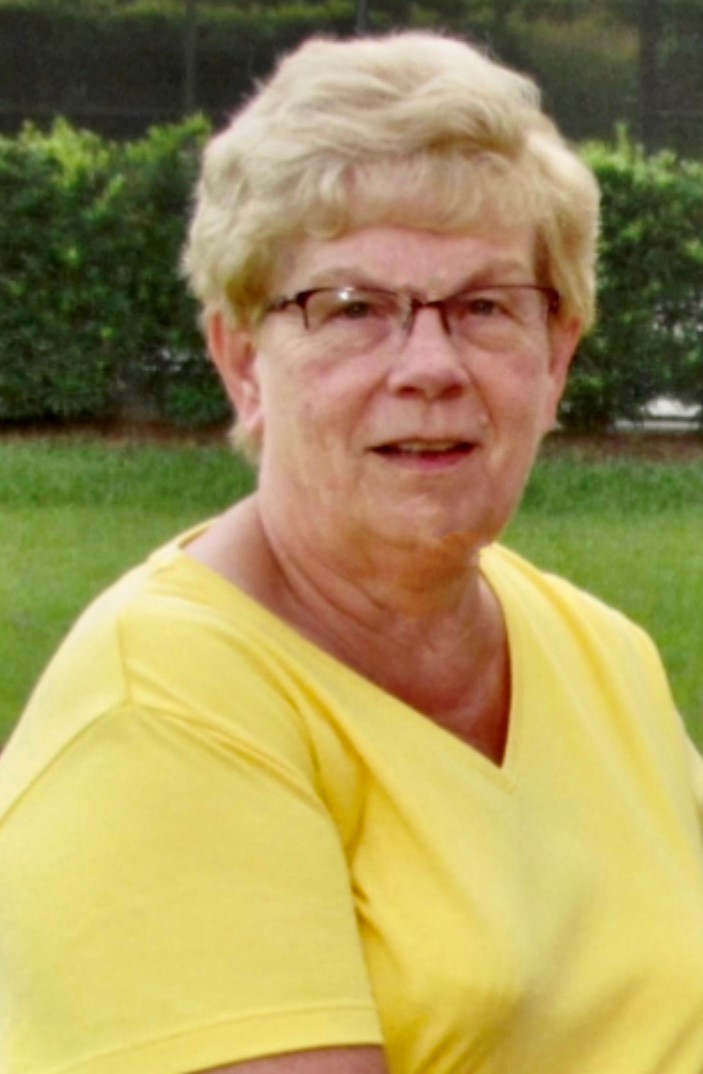From sepsis to kidney surgery: Susan's fight to get her health back
 Susan Gerschkow, 79, was having trouble breathing and felt extremely dizzy and weak. She didn't know what was happening; but before she knew it, her husband dialed 9-1-1, and the ambulance rushed her to Magna Emergency at Cortellucci Vaughan Hospital.
Susan Gerschkow, 79, was having trouble breathing and felt extremely dizzy and weak. She didn't know what was happening; but before she knew it, her husband dialed 9-1-1, and the ambulance rushed her to Magna Emergency at Cortellucci Vaughan Hospital.
It turns out her body was fighting a life-threatening infection, and Susan was urgently treated for sepsis. Unfortunately, her story didn’t end there. Susan initially spent two weeks as an inpatient due to the severe side effects she experienced as a result of the illness, including losing the ability to walk.
“Anyone who doesn’t believe in superheroes has never met a Mackenzie Health nurse,” says Susan. She recalls one nurse, Thamilarasan Sivapalan, whose words lasted with her long after her recovery. “He told me to ‘never be sorry; we are here to help you.’ I wasn’t aware the day I was rushed to the hospital could have been one of my last days alive, and I don’t have enough gratitude for how I was treated and the care I received.”
This experience wasn’t Susan’s first visit to Mackenzie Health. Her health care journey began the year before when she visited the hospital with back pain and blood in her urine, some common symptoms often associated with kidney stones. After further tests, she was referred to Dr. Ryan Fitzpatrick who escalated her treatment.
Six months after Susan’s initial surgery, a fragment of the kidney stone was discovered during a follow-up exam. According to Dr. Fitzpatrick, when stones are as large as Susan's was, 20 to 30 per cent of patients will have small remaining fragments in the kidney after their initial surgery. It was important for Susan to undergo a second surgery to clear the remaining stone and prevent recurrent infections. At the time, Susan had to put this treatment on hold as she needed to care for her husband who was experiencing his own health care concerns.
When she ended up back at Cortellucci Vaughan Hospital with sepsis, it was felt that the remaining stone could have contributed to her infection. Once she began to improve clinically after weeks of intravenous antibiotics in the hospital, she was deemed fit for surgery. Instead of having her discharged and completing a second procedure as an outpatient, Dr. Fitzpatrick made arrangements with the operating room to expedite her care and safely remove the stone while she was still admitted so she could be closely monitored and cared for after the surgery.
Mackenzie Health's urology division features nine full-time urologists, many who have subspecialty training in minimally-invasive removal of complex kidney stones. Mackenzie Health is one of the highest volume kidney stone centers in the GTA. Dr. Fitzpatrick says kidney stones are far more common than one might think, and access to state-of-the-art equipment like thulium laser technology, an advanced and flexible surgical tool, plays a critical role in the optimizing the surgical management of these patients.
“Mackenzie Health is growing as a major centre for excellence in urologic care and many other facets, and we are lucky to have this kind of world-class health care in our community. With support of leadership within the hospital, the Department of Surgery, and the Division of Urology, we have built a program that helps get patients to the operating room sooner, and can offer them the most advanced level of care with the newest technologies. All this leads to improved patient outcomes for people in our community,” he says.
After recovering from surgery, Susan was transferred to the Mackenzie Health Reactivation Care Centre, a place for patients who no longer need the intensity of hospital services but benefit from being cared for in a restorative environment.
Now back at home and feeling much better, Susan feels so strongly that the staff and physicians, particularly Dr. Fitzpatrick and the nurses in her care, as well as the state-of-the-art equipment at Mackenzie Health made all the difference.
“I wouldn’t be where I am today without them,” she says.